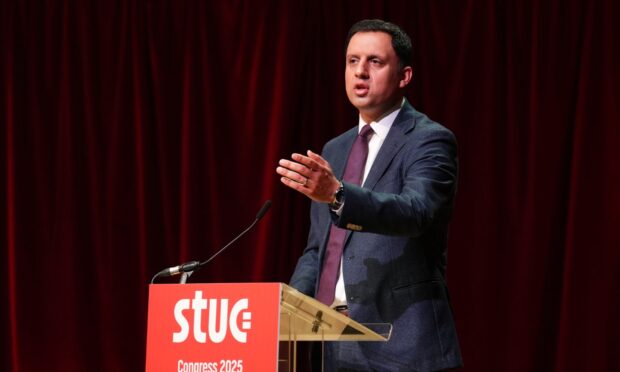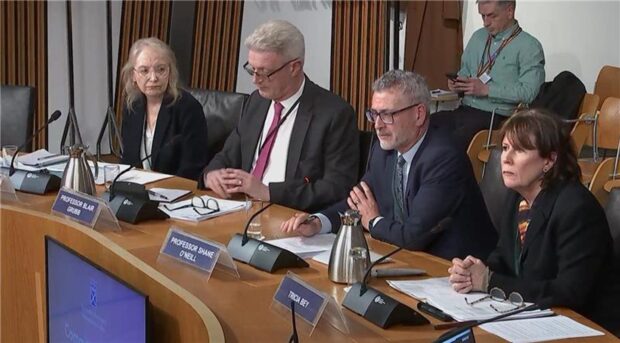Fife Council has racked up a £17.6 million bill by paying off hundreds of workers in the last three years, it can be revealed.
Figures released to The Courier show the local authority has spent more on severance, redundancy and early retirement packages than any other council in Scotland during the period.
More than £9.16m went on pay offs to 235 employees in 2017/18, followed by a further £5.24m on the departures of 111 staff members in 2018/19 and another £3.21m on the exits of 69 workers last year.
Across Scotland, the data shows that £88m has been forked out to end the contracts of 3,630 staff in the last three years, rising to £190m for 7,273 workers for the last five years.
North East Fife Liberal Democrat MP Wendy Chamberlain said councils had received a “rotten deal” for years.
“They are constantly faced with tough decisions to make ends meet. They are buckling under the pressure,” she said,
Sharon McKenzie, head of human resources at Fife Council, said its workforce had reduced by 2,000 in recent years to make required budget savings, and that further efficiency measures were looming.
The £17.6m bill over the last three years was far higher than any other council, with the nearest others being North Lanarkshire at £12.1m and Edinburgh City at £9m.
However, Edinburgh City Council previously topped the spending charts, shelling out almost £38m for 968 pay offs in 2015/16 and 2016/17 alone.
In the last three years Angus Council paid out £2.2m to 192 staff, and Dundee City spent £1.24m on the departures of 74 workers, although it also paid off a further 212 staff members between 2015/16 and 2016/17.
Perth and Kinross Council did not provide data for last year, but its total hit £2.47m for the exits of 213 staff in 2017/18 and 2018/19.
The cash cost of the agreements at Fife were £17.6m over the last three years and about £27.7m over the last five years.
However, those figures rise to £22.2m and £35.4m respectively if you include “estimated CAY”, which is the estimated value of all future payments to a retiree until death.
The total number of redundancies in Scotland has also fallen each year, from 1,891 in 2015/16 to 1,349 in 2018/19.
Wendy Dunsmore, regional officer for the Unite trade union, said the reduction was down to council services being “cut to the bone under repeated years of austerity measures”.
She said: “There are no more savings through voluntary severance schemes to be had which is exactly why local authorities began to accelerate the attacks even before Covid-19 on the terms and conditions of Unite members from refuse collection to forcing low paid health and social care workers to pay for registration fees.
“Unite will be doing everything possible to defend the essential services that local authorities provide as well as any compulsory redundancy moves and more voluntary service schemes, which will only add further pressure on to the workforce already at breaking point.”
Ms McKenzie said Fife Council was the third largest local authority in Scotland, and that redundancy and retirement provisions were variable across authorities, meaning “we have to be cautious about making direct comparisons”.
However, she said: “The size and scale of reductions in the Fife Council workforce have been significant in recent years to support required budget savings and our workforce has reduced by more than 2000 since we began our workforce reduction programme.
“This has been through significant vacancy management as well as redundancies and retirements.
“In the light of ongoing financial challenges, we are continuing to look for efficiencies in terms of how our structures and posts are organised and designed.”
The official added: “We can confirm that early retirements and associated redundancies are managed in accordance with our voluntary early retirement policy which requires thorough scrutiny of costs and a requirement for any costs to be recovered within a set period to ensure that the agreed savings and benefits follow.
“We have been tackling the enormous financial challenge of recent years responsibly and will continue to do so.
“A wide range of efficiency measures, including reductions in managerial posts have reduced the impact of budget cuts on frontline services.”










